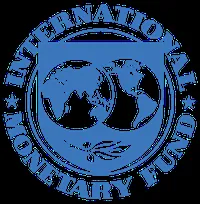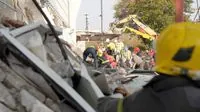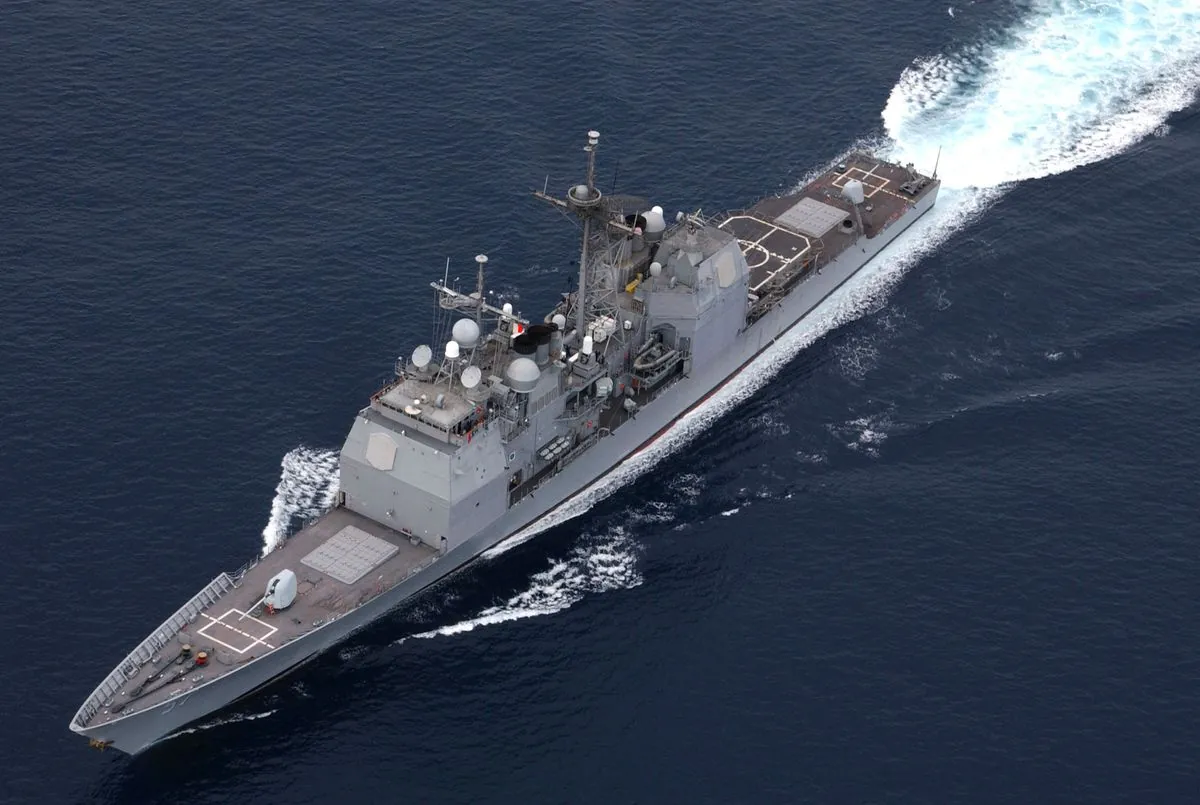South Korea's Ascent: From F-4 Phantom to Global Arms Producer
South Korea's journey from poverty to global arms producer is highlighted by the retirement of F-4 Phantom jets. The country's economic and military growth reflects its evolving role in international defense.
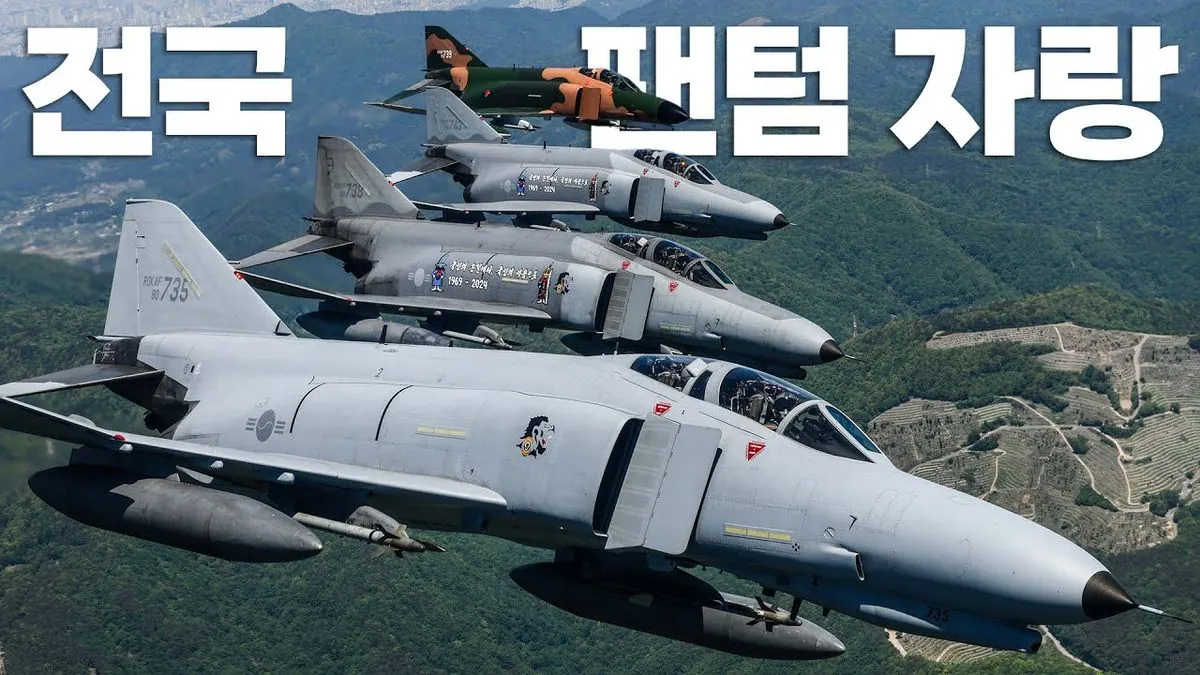
South Korea's transformation from a nation struggling with poverty to a global arms producer and seller is a testament to its remarkable economic and diplomatic evolution. This journey is symbolized by the recent retirement of the F-4 Phantom jets, which have served the country for over five decades.
In 1975, South Korea was so financially constrained that its citizens participated in a national fundraising drive to purchase five American F-4 Phantom fighter jets. Fast forward to 2023, and the country has become the third-largest arms supplier to NATO countries, offering affordable weapons such as K2 battle tanks and K9 self-propelled howitzers.
The retirement of the F-4 Phantoms in June 2023 marks the end of an era and the beginning of a new chapter in South Korea's military capabilities. These jets, which were the main U.S. aircraft used in the Vietnam War, have been replaced by a new generation of homegrown fighter aircraft.
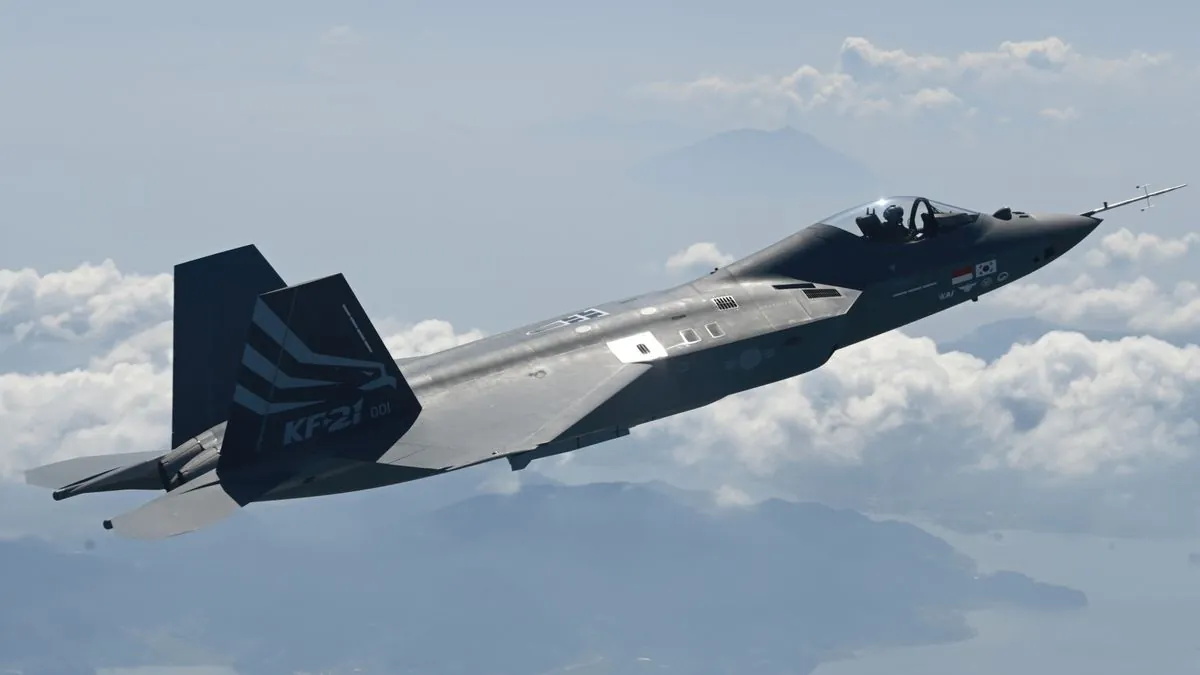
South Korea's ambitious KF-21 Boramae project aims to position the country as one of the few nations capable of developing its own supersonic jet. Unveiled in 2021, with mass production set to begin in 2026, the KF-21 is intended to be a more cost-effective alternative to the U.S.-made F-35.
Peter Layton, a military analyst at the Griffith Asia Institute, notes, "South Korea is making a big push to engage globally. They're going from a big buyer to not just a maker but a designer of aircraft."
This shift in South Korea's role reflects its broader ambitions to become a more significant player in global defense and security. The country has increased its military and diplomatic coordination with the United States and its allies, responding to growing North Korean nuclear threats, China's rise, and Russian aggression.
South Korea's military advancements are not limited to aircraft. The country has also developed its own tanks, howitzers, and other military equipment, showcasing its technological prowess and industrial capabilities.
"The arrival of the F-4 Phantoms marked a turning point in South Koreans' belief in their potential to shift the balance of air power between the two Koreas."
The F-4 Phantom's journey in South Korea mirrors the country's own transformation. When the first six jets arrived in 1969, South Korea was under military dictatorship and still emerging from wartime poverty. At that time, North Korea, led by founder Kim Il Sung, was more affluent and militarily powerful than the South.
Today, the situation has dramatically reversed. South Korea's economy and military capabilities, bolstered by its alliance with the United States, vastly surpass those of North Korea. While Pyongyang still relies on Soviet-era jets, Seoul's defense exports are booming globally.
The inter-Korean dynamic has also shifted in the context of global conflicts. North Korea has been supplying arms to Russia, while South Korea is supporting the United States and the West in defending Ukraine.
As the F-4 Phantom retires, it leaves behind a South Korea that has undergone a remarkable metamorphosis. From a nation that once struggled to afford fighter jets to a global arms producer and technological powerhouse, South Korea's journey exemplifies the profound changes that have occurred on the Korean peninsula over the past half-century.
























